SS men ordering portraits of wives from prisoners. Inmates, arranging "artistic mornings". And the great importance of ... shoes. In the descriptions of camp reality, the manifestations of its "normality" are often the most shocking. But it is not everything. What did you not know about Auschwitz yet?
As always, all items in the ranking are based on the articles we publish. This time we looked at the texts devoted to the lives of prisoners and the Auschwitz camp staff.
You didn't really know that…
10. There was a midwife in Auschwitz who achieved better results than the most renowned German clinics
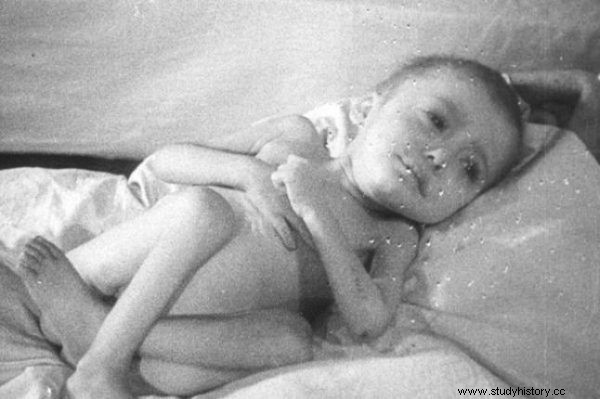
One of the infants found in Auschwitz after liberation (source:public domain).
Stanisława Leszczyńska, who was sent to the camp for helping Jews, continued to work as a midwife in Auschwitz. She often worked in deplorable conditions. She received births on the chimney running along the barracks. Instead of a sterile sheet, she had a dirty blanket that was moving with lice. Nevertheless, the results of this true angel of life amazed Dr. Mengele himself. The midwife managed to successfully receive all the births she had conducted. Neither new mothers nor newborn babies died during delivery (read more on this).
9. In their spare time, Auschwitz prisoners organized “artistic mornings”
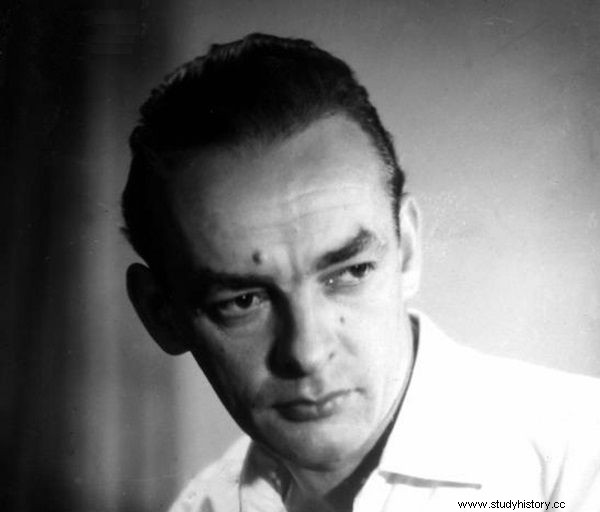
Actor and theater director August Kowalczyk described the fact that Auschwitz offers "entertainment programs" as "surrealism and macabre" (source:public domain).
Auschwitz prisoners also sought respite from the daily toil and the threat of death in self-organized entertainment. On the "stage" made of blankets, prisoners-artists sang camp couplets. They also gave monologues and recited poems. real stage and even circus performances were organized there.
The secret theater featured mimes, acrobats, clowns, and even an illusionist. One of the prisoners, to the delight of others, parodied highlander dances, performing both as a dancer and a dancer. On the head there is a hat - a bowl, and a stick in his hand - a ladle. (...) He danced, chaired, pecked, walked, shouted, sang - noted in one of the reports (read more about that).
8. SS men valued painting, so it was easier for prisoners who had talent to survive
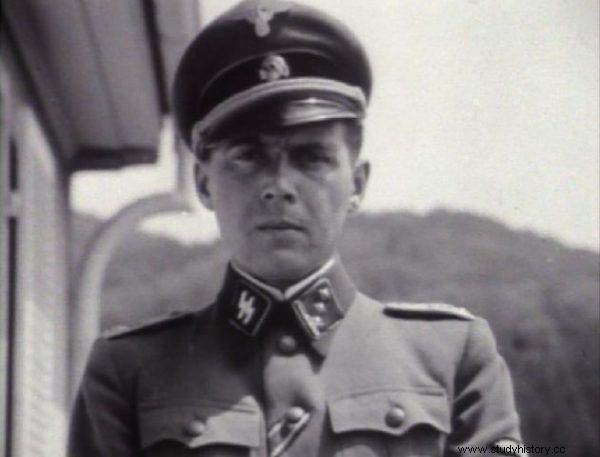
Dina Gottliebova found work for Dr. Mengele after she painted a scene from the Disney fairy tale "Snow White and the Seven Dwarfs" on the children's barracks (photo:Camila Meneses Castro, license:CC BY-SA 4.0).
Prisoners who could paint were given various tasks. Sometimes they were forced to create portraits of other victims of the camp, subjected to cruel medical experiments. And sometimes the SS ... ordered portraits of their wives or girlfriends from them. Dr. Mengele was also eager to use the services of talented cartoonists (read more about this).
7. The work of unloading the wagons was one of the most mentally stressful. But it was she who saved from starvation and exhaustion
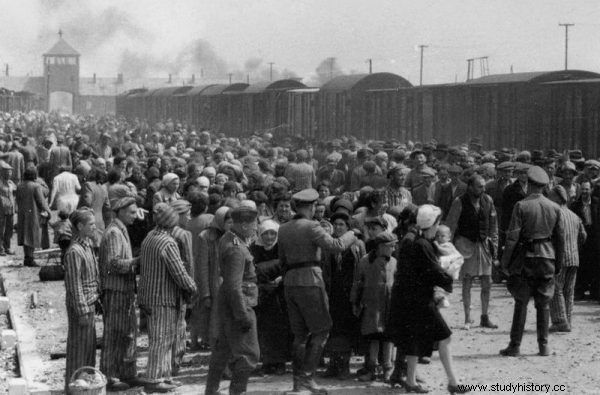
Transport gave some prisoners a chance to survive, while others the opportunity to… pursue their interests. The photo shows the selection of newly arrived prisoners to the Birkenau camp (source:public domain).
Sometimes the bodies of infants spilled out of the carriages arriving at Auschwitz. Dantesque scenes played out around the train. However, unloading work gave the prisoners tangible profits. They could use the brought food by hand . Rangers often turned a blind eye to this practice, just to ensure that nothing but food was taken (read more on this).
6. In the immediate vicinity of the camp, the Germans intended to build an ideal Nazi city

Plan of the "Great Auschwitz" with an outline of the communication system.
A model Aryan center was to be built on the site of Oświęcim. The chief architect of the new Auschwitz, Hans Stosberg, quickly fell into the mania of grandeur. A project from January 1943 envisaged that even 80,000 inhabitants would live in the city he was building! The Germans, who were building an ideal city, did not mind the proximity of the largest death factory in history. They were not going to be ashamed of Auschwitz (read more on that).
5. At least one prisoner ended up in the camp because of his partner's jealousy
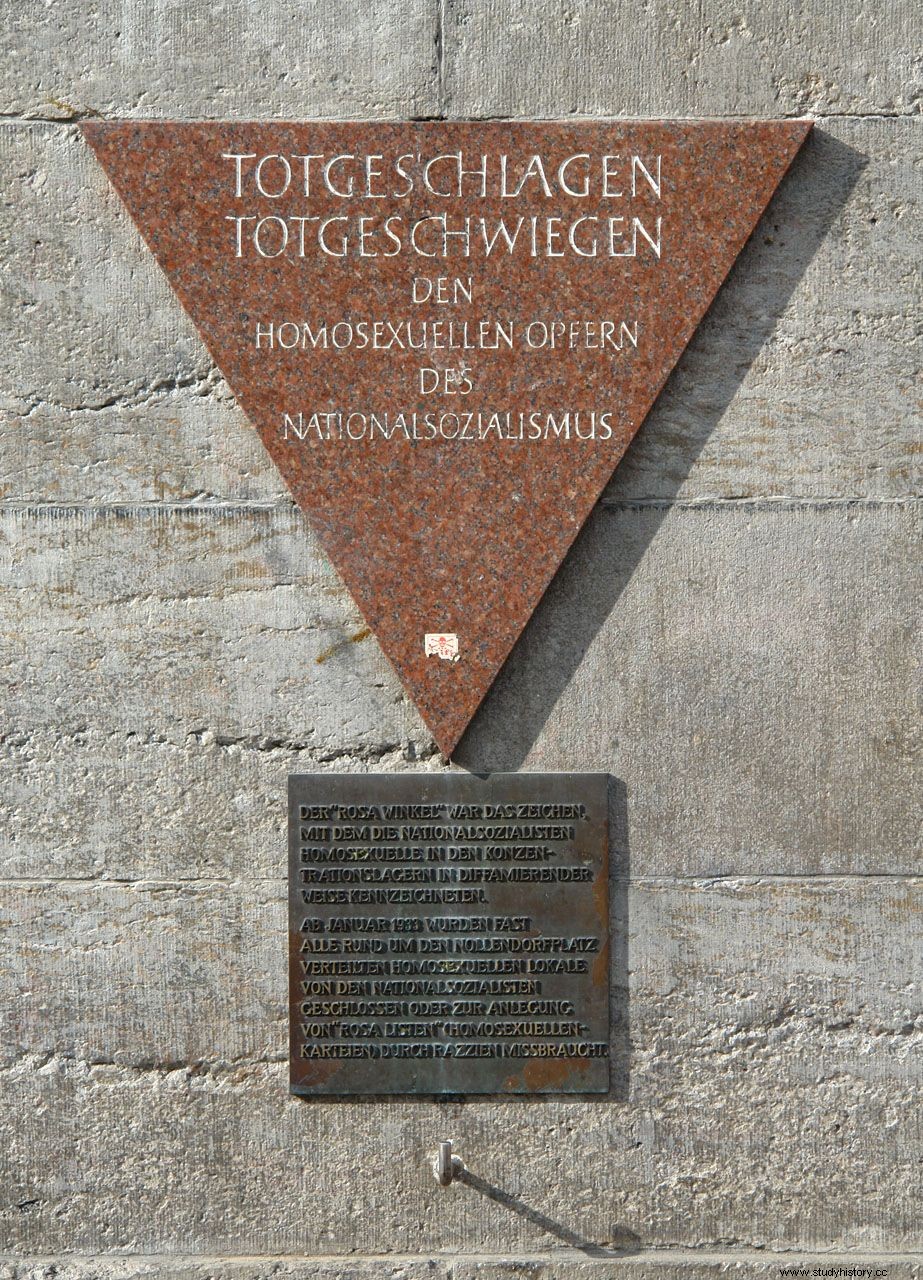
97 homosexuals were sent to Auschwitz. Only one survived liberation. The photo shows the Berlin plaque commemorating the victims under the sign of the pink triangle - this was the marking of homosexuals in the camps (photo by Michael F. Mehnert, license CC BY-SA 3.0).
Homosexuals were sent to concentration camps on the basis of section 175 of the German criminal code. They had the status of criminal prisoners or sex offenders. The circumstances of the majority's arrest remain unknown. It is known, however, that one of the prisoners was denounced by a jealous partner (read more about it).
4. One of the five camp "elementary disasters" was mismatched footwear
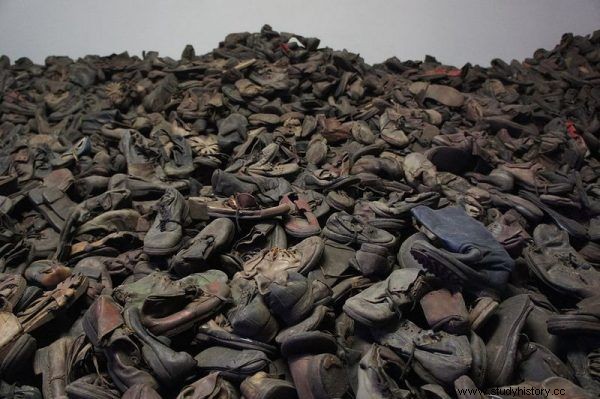
Thousands of pairs of shoes of the victims murdered in Auschwitz-Birkenau (photo:Bibi595; license CC ASA 3.0).
Death begins with shoes - recalled Primo Levi. They were absolutely necessary for the prisoner. However, improperly fitted shoes were considered as dangerous as other camp "elementary disasters", that is hunger, cold, hard work and disease . The abrasions caused by them led to wounds and infections, often impossible to heal (read more on this topic).
3. SS men were built a special holiday center so that they would not get drunk in public taverns in front of Poles
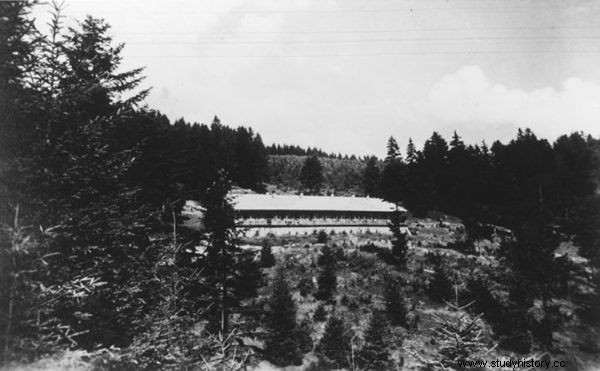
One of the few surviving photos of the Solahütte center comes from the Karl-Friedrich Höcker album (source:public domain).
Before Solahütte was established, SS officers, bored with their work in the camp, often visited Międzybrodzie Bialskie, only a few dozen kilometers from Auschwitz. They came to one-day feasts, integration Cameradschafts and dances in a restaurant in the center of the village. The Nazi command did not want the SS men to get drunk in front of subhumans ... So it was decided to build a special holiday village for them (read more about it).
2. The greatest revolt in the history of the camp was raised by prisoners who were considered by their comrades of misery as collaborators
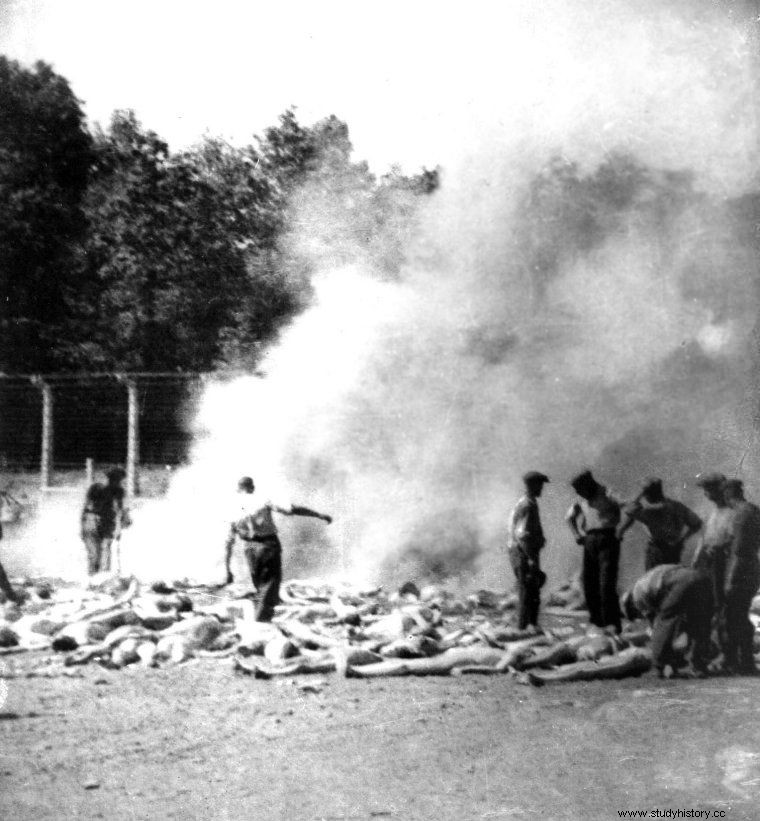
The members of the Sonderkommando were involved in burning the corpses of the murdered prisoners of the camp (source:public domain).
Prisoners sent to the Sonderkommando could count on at least a temporary postponement of the death sentence. In return, however, they had to do a dark job for the Nazis: led the new arrivals to the gas chambers, and later transported and burned the corpses . This is why other prisoners in Auschwitz I thought they were collaborators who want to save their own skin at all costs. However, when it turned out that the Germans planned to "replace" the entire composition of their special unit, prisoners from the Sonderkommando took up arms. It was the biggest revolt in the history of the camp (read more about it).
1. The Germans earned huge money thanks to the functioning of Auschwitz
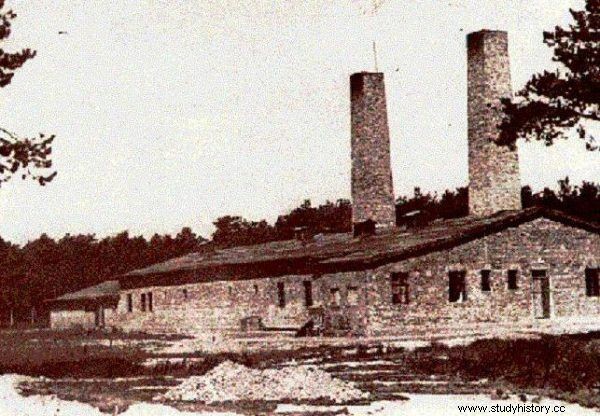
In an effort to maximize profits, the Germans established special goldsmith workshops in the camp's crematoria to obtain dental gold (source:public domain).
The main purpose of the Auschwitz camp was not only "the final solution of the Jewish question". Property stolen from prisoners, their free labor, and even properly used corpses they brought enormous profits to the Nazis. Auschwitz was - without a doubt - a corporation built on genocide (read more about it).
Former prisoners of Auschwitz recall. Learn about their extraordinary stories in the book:“Dobranoc, Auschwitz. Report on former prisoners ”
